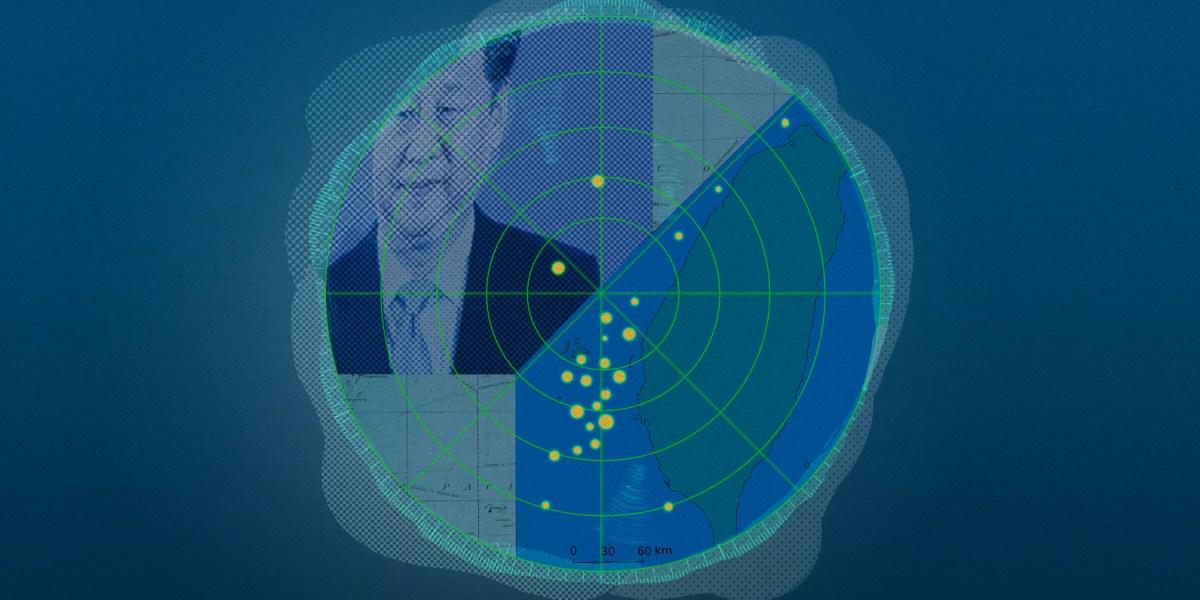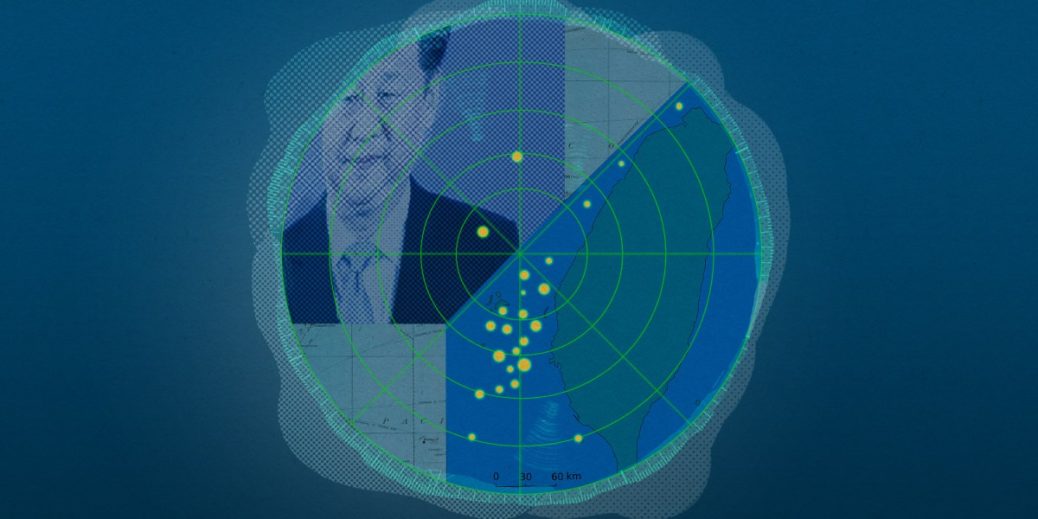
The report’s authors detail a number of ways that use of drones in any South China Sea conflict would differ starkly from current practices, most notably in the war in Ukraine, often called the first full-scale drone war.
Differences from the Ukrainian battlefield
Since Russia invaded Ukraine in 2022, drones have been aiding in what military experts describe as the first three steps of the “kill chain”—finding, targeting, and tracking a target—as well as in delivering explosives. The drones have a short life span, since they are often shot down or made useless by frequency jamming devices that prevent pilots from controlling them. Quadcopters—the commercially available drones often used in the war—last just three flights on average, according to the report.
Drones like these would be far less useful in a possible invasion of Taiwan. “Ukraine-Russia has been a heavily land conflict, whereas conflict between the US and China would be heavily air and sea,” says Zak Kallenborn, a drone analyst and adjunct fellow with the Center for Strategic and International Studies, who was not involved in the report but agrees broadly with its projections. The small, off-the-shelf drones popularized in Ukraine have flight times too short for them to be used effectively in the South China Sea.
An underwater war
Instead, a conflict with Taiwan would likely make use of undersea and maritime drones. With Taiwan just 100 miles away from China’s mainland, the report’s authors say, the Taiwan Strait is where the first days of such a conflict would likely play out. The Zhu Hai Yun, China’s high-tech autonomous carrier, might send its autonomous underwater drones to scout for US submarines. The drones could launch attacks that, even if they did not sink the submarines, might divert the attention and resources of the US and Taiwan.
It’s also possible China would flood the South China Sea with decoy drone boats to “make it difficult for American missiles and submarines to distinguish between high-value ships and worthless uncrewed commercial vessels,” the authors write.
Though most drone innovation is not focused on maritime applications, these uses are not without precedent: Ukrainian forces drew attention for modifying jet skis to operate via remote control and using them to intimidate and even sink Russian vessels in the Black Sea.
More autonomy
Drones currently have very little autonomy. They’re typically human-piloted, and though some are capable of autopiloting to a fixed GPS point, that’s generally not very useful in a war scenario, where targets are on the move. But, the report’s authors say, autonomous technology is developing rapidly, and whichever nation possesses a more sophisticated fleet of autonomous drones will hold a significant edge.
What would that look like? Millions of defense research dollars are being spent in the US and China alike on swarming, a strategy where drones navigate autonomously in groups and accomplish tasks. The technology isn’t deployed yet, but if successful, it could be a game-changer in any potential conflict.







Recent Comments